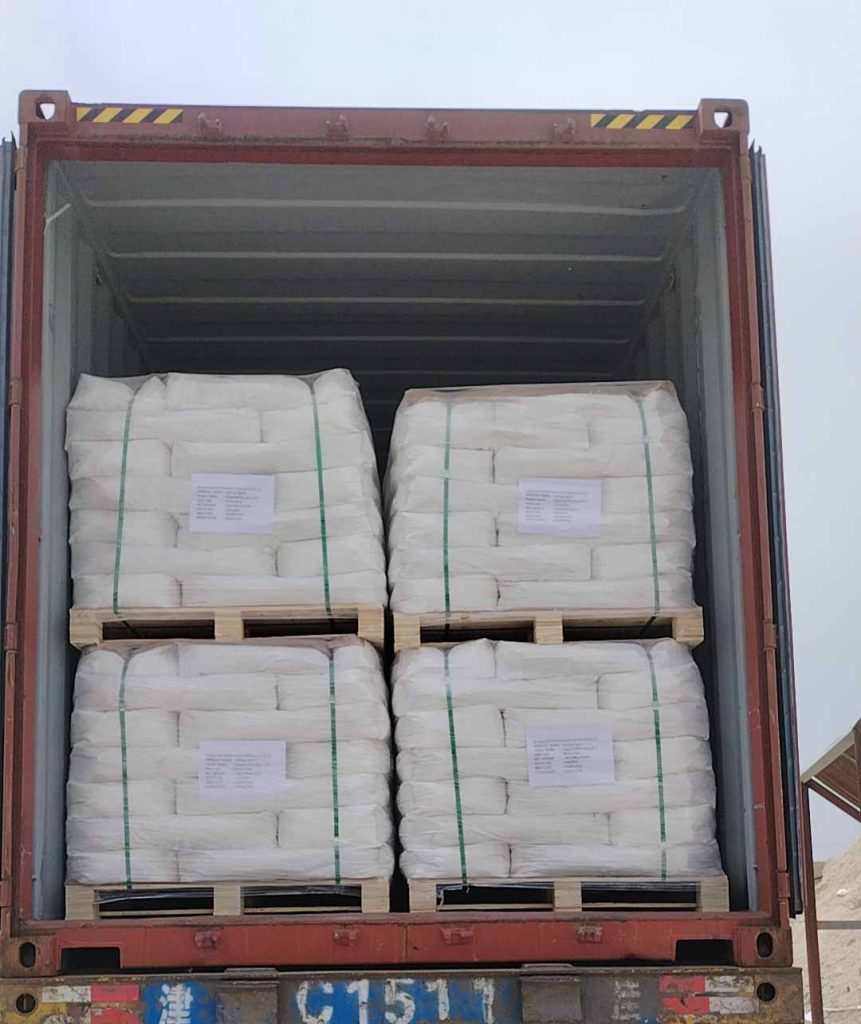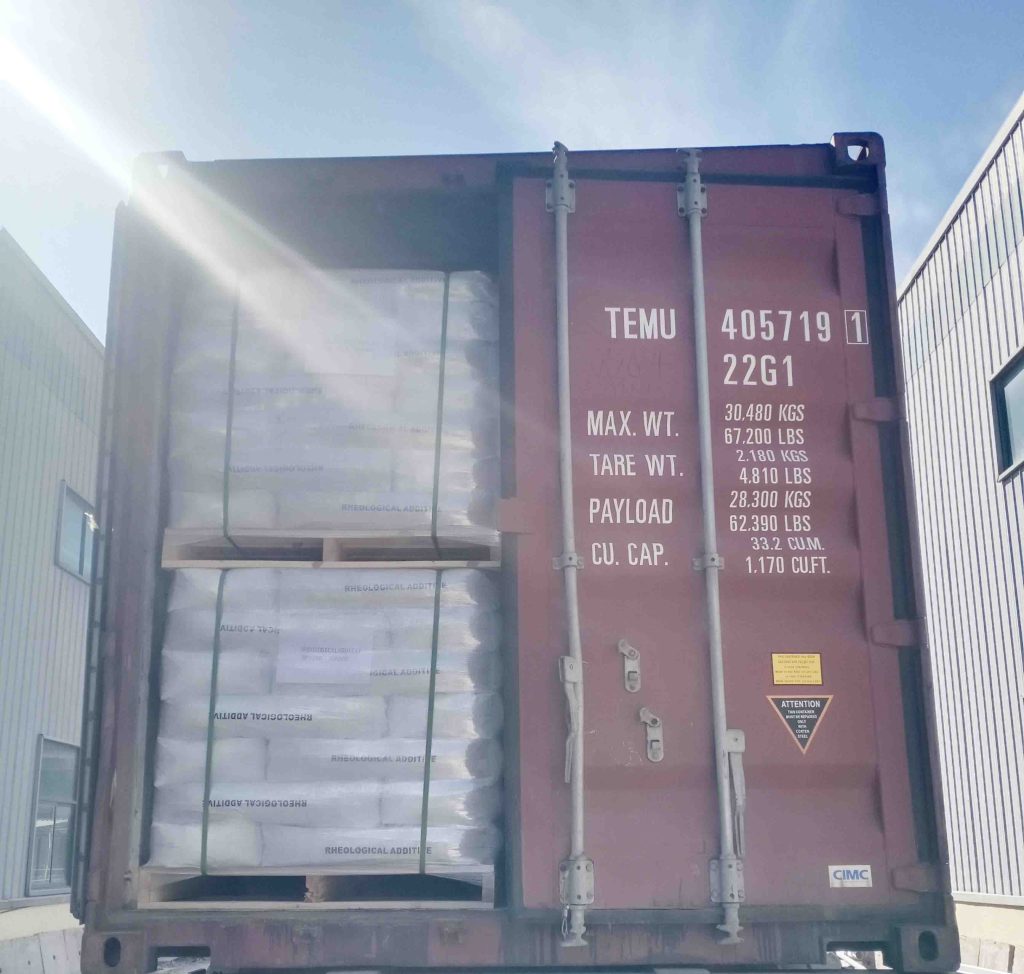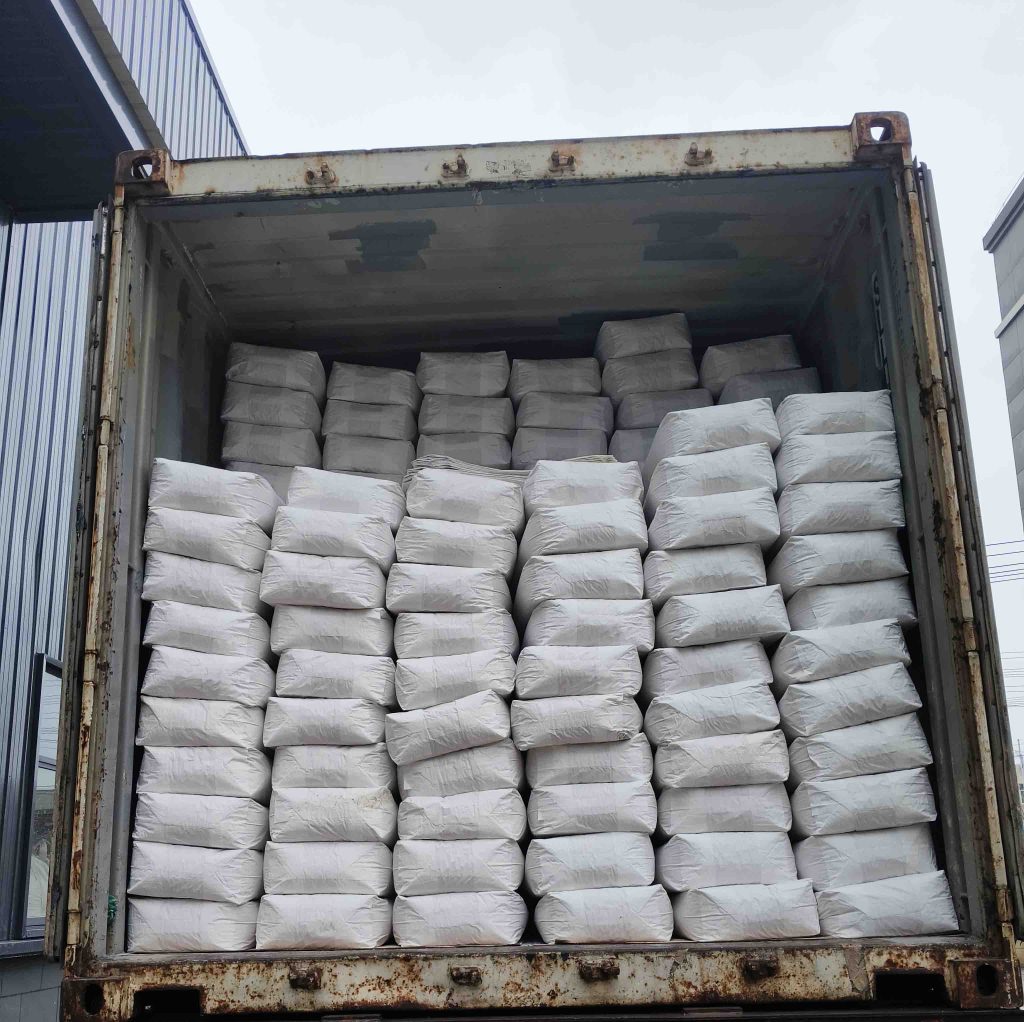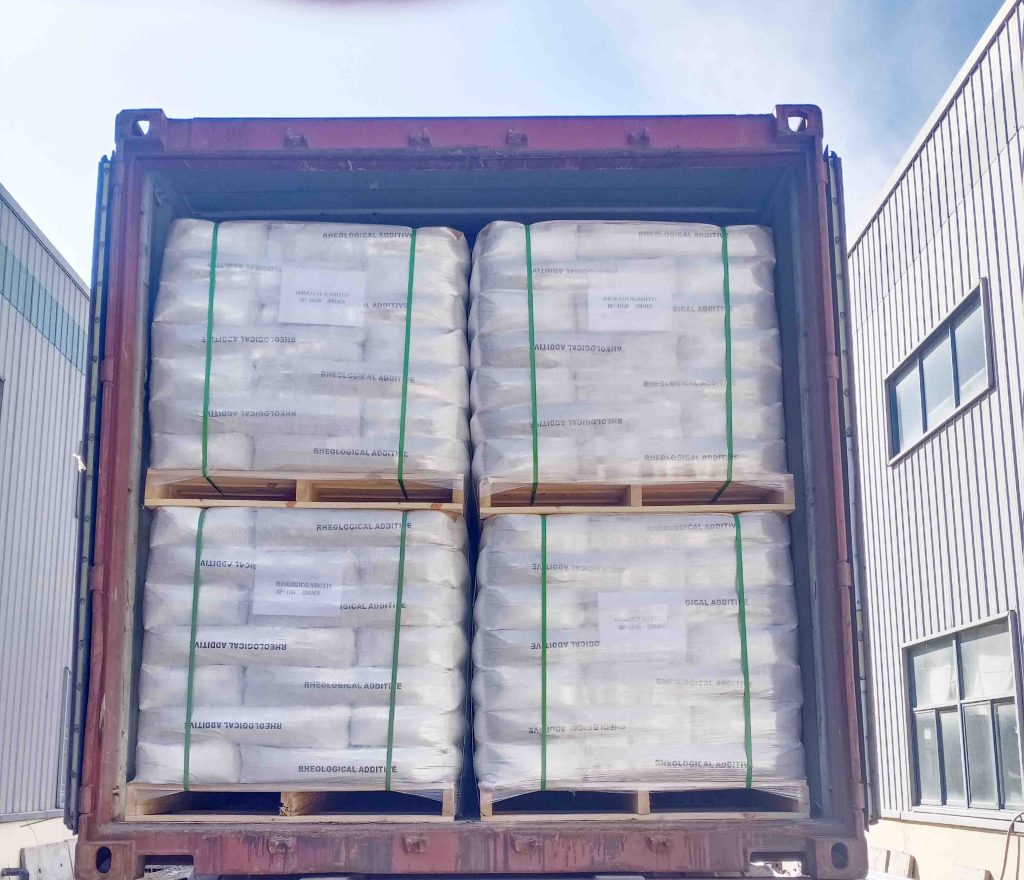Glass hollow beads can be used to make rubber elastomers for shoes, latex furniture, cables, fiber optic cables and so on.
As a micron-level hollow glass spheres, hollow glass beads at the same time with heat insulation, sound insulation, insulation and other product characteristics, can avoid rubber melting in heat, fire burning, in special application scenarios can also play a role in insulating the non-electrified.
What’s more, the density of hollow glass beads is extremely low, which can greatly reduce the weight of rubber and improve the competitiveness of the product, making it a high-quality volume filler material.
glass hollow beads

What Are Bead Blasting’s Applications?
| Aerospace industry | Remove rust and paint from mechanical components to remove knife marks. |
| Remove scratches on the rubber | Reflective paint for roads |
| Scratch treatment on the surface of stainless steel. | |
| Foundry industry; | Pre processing in the electroplating industry. |
| Semiconductor Industry | Crafts for exterior decoration |
glass hollow beads
In this article, we will introduce and analyze why you should choose to use hollow glass beads in combination with several application scenarios.
1) Coating reagent
Hollow glass beads can be used to make adhesives, anticorrosive coatings, architectural insulation coatings, etc., to improve product performance and reduce costs.
Hollow glass beads are micron-sized low-density filling materials, which usually have a density between 0.2 g/cm3 and 0.7 g/cm3. Hollow glass beads can fill various production voids, evenly distributed in the emulsion, while reducing the weight of the product.
Hollow glass beads have a spherical structure similar to ball bearings, which provides excellent fluidity and lubrication.
Hollow glass beads have anisotropic consistency, as a filler after processing will not appear due to stress inconsistency caused by warping, shrinkage and other problems.
Hollow glass beads can replace the filler resin material, its oil absorption rate is also very low, so it can reduce the overall viscosity of the coating reagent and the use of organic filler materials, in reducing the product VOC indicators at the same time to protect the processing performance of the product.
Hollow glass beads, the main component of which is soda-lime borosilicate glass, with only a thin gas inside the tiny spherical structure, is an inorganic non-metallic material with product characteristics such as heat insulation, sound insulation and insulation. It can improve the chemical properties of coating reagents, so that the coating or adhesive with very good thermal insulation and heat preservation effect or dielectric properties.
2) Chemical technology field
Hollow glass beads can be used in traditional chemical technology fields such as oilfield cementing, rubber elastomer, etc. It can also be applied in new chemical technology fields such as 5G communication, aerospace and other new chemical technology fields, to ensure the product performance needs and solve the application pain points.
In the field of oilfield cementing, the advantages of hollow glass beads are mainly reflected in the following three aspects. As an inorganic non-metallic material, hollow glass beads are weakly alkaline and insoluble in most acid and alkali environments, so even if they are mixed with various cement slurries, they will not produce any chemical reaction and will not affect the chemical stability of the drilling fluid;
Size of glass beads for blasting
Model of Bead blasting glass | Sieve Size (mesh) | Particle Size Range(μm) |
WSL17L# | 20~40 | 425 ~ 850 |
WSL 18L# | 30~40 | 425 ~ 600 |
WSL 19L# | 40~60 | 300 ~ 425 |
WSL 20L# | 60~100 | 150 ~ 300 |
WSL 21L# | 70~140 | 106 ~ 212 |
WSL 22L# | 100~140 | 106 ~ 150 |
WSL 23L# | 100~200 | 75 ~ 150 |
WSL 24L# | 140~200 | 75 ~ 106 |
WSL 25L# | 140~270 | 53 ~ 106 |
WSL 26L# | 200~325 | 45 ~ 75 |
Specification of Bead blasting glass
| Specific gravity | 2.4-2.6 g/m3 |
| Stacking density | 1.5g/cm3 |
| Type | Blasting / Shot Peening Media |
| Spherical | |
| Rockwell hardness: | 46HRC |
| Mohs | 6-7 |
| Round rate | 80% |
| Melting point | 710-730 ℃ |
| Index of refraction | 1.5—1.6 |


